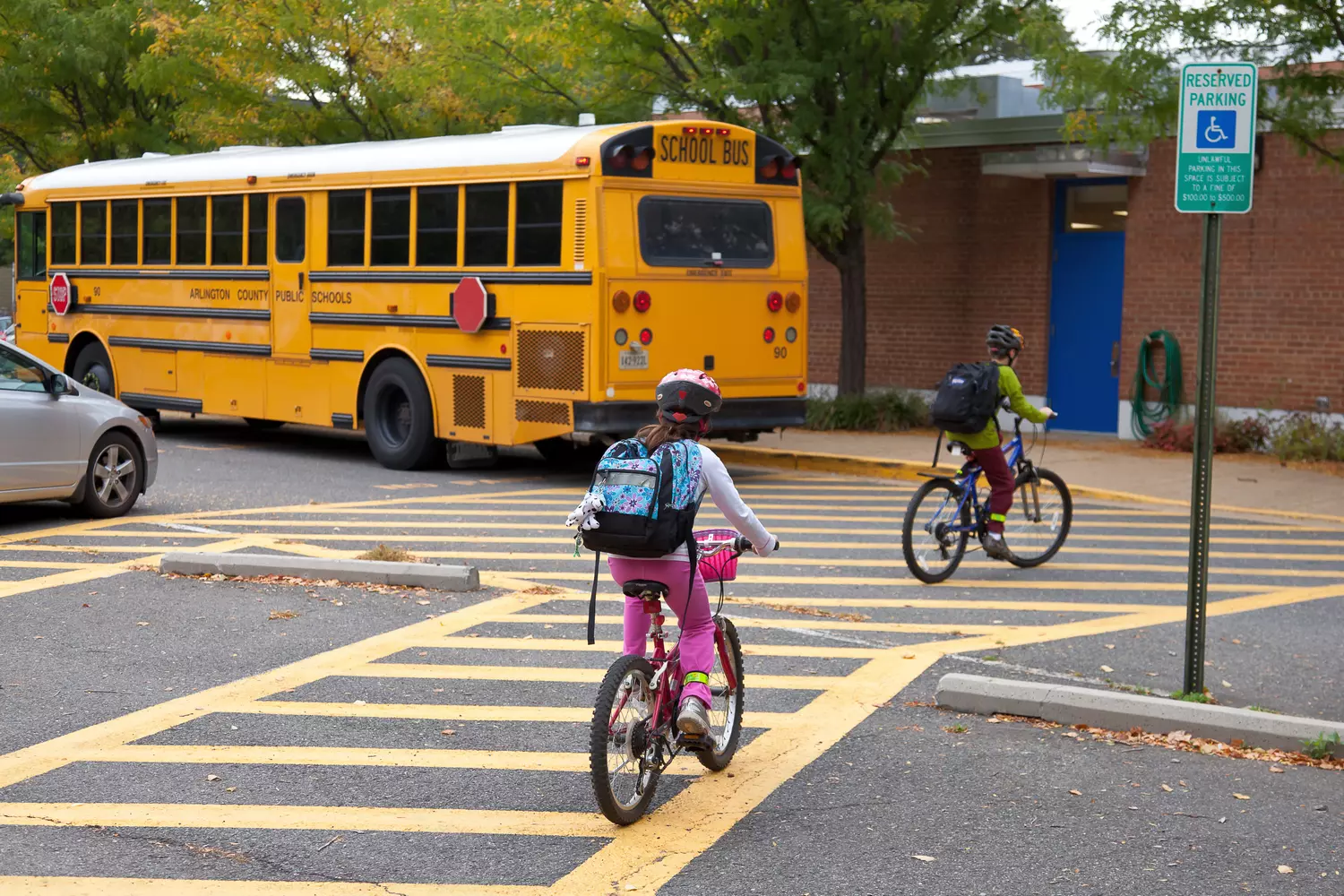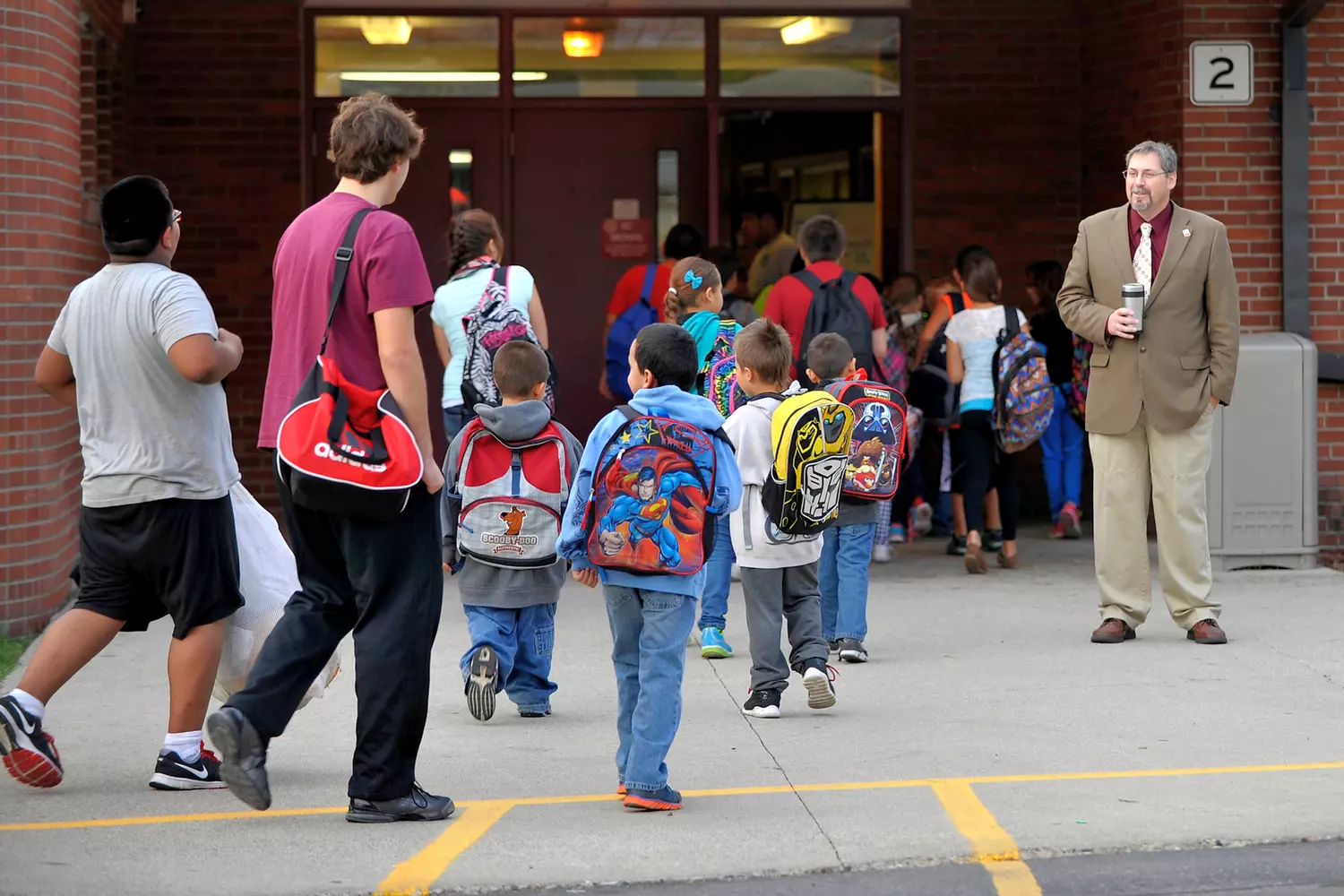Kids — the flowers of life... and a financial ivy that wraps tight around your wallet. And yes, America is no exception. We’ve broken down the real costs of raising a child in the U.S. — from birth to their 18th birthday. Any guesses on the final number? Spoiler alert: it’s over $200,000.
Read on to find out how much childhood joy — complete with homes, toys, and even personal cars — really costs in the States.
"Children are not only a great joy, but also a partial financial disaster. Though being a parent in the U.S. is a very different story compared to the post-Soviet world."American Butler
Is a Demographic Crisis Looming?
Back in 2017, American researchers calculated the average cost of raising a child from birth to age 18 — and it came out to nearly $234,000. Roughly speaking, that’s about $13,000 a year per child. With costs climbing steadily since the 1960s, many families are simply choosing not to have kids.
A large portion of the U.S. population consists of immigrants, many of whom can barely cover their own needs — their children often rely heavily on government support programs. If trends continue, sociologists warn of a looming demographic crisis by 2030.
So where exactly does all that money go? Let’s break it down — and learn a bit more about the American way of parenting along the way.

The Cost of Food
If you think American adults spend a fortune on food, wait until you see the bill for feeding their kids. On average, children's meals cost parents 60–70% more than what they spend on themselves — and no, it's not because kids eat more.
Parental anxiety is marketing's best friend. Home-cooked meals for kids are rare. From the earliest years, American children consume mostly industrially processed foods. Baby food — formula, purees, packaged meals — is usually labeled as organic, natural, or specially developed for children, which makes it two to three times more expensive than similar “adult” products.
The irony? Once that same child enters a daycare or elementary school, all that organic goodness is swapped for dry snacks and typical American fast food.
What is the American Dream: Myth or Reality?
Housing Expenses
Of course, families don’t typically buy a separate property just for a child — but once kids are on the way, many American parents start looking for larger homes. Most move during the final months of pregnancy — often trading in an apartment for a full-sized house. Naturally, rental costs rise along with square footage.
This is tied to the American mindset, which favors giving children their own private space. Ideally, every child should have a separate bedroom — even if it means a stretch financially. A child means more rooms, more space, and preferably a backyard to play in.
In big cities, where adding a nursery or extra room is often impossible, there’s even been a recorded increase in abortion rates due to lack of adequate living space.
How Much Does Housing Cost?
As of 2024, the average cost of renting a home in the U.S. is approximately:
- 1-bedroom apartment — from $1,200 to $2,800 per month, depending on the state;
- 2-bedroom apartment or townhouse — from $1,800 to $3,500;
- 3–4 bedroom house — from $2,500 to $5,000+ per month.
The highest prices are found in states like California, New York, and Massachusetts, while more affordable options are available in Ohio, Texas, and Mississippi. Many families postpone buying a home until after the second child is born — it’s often easier to justify a mortgage on a larger house and secure better loan terms.
Housing expenses alone can range from $25,000 to $60,000 per year, depending on the region and housing type. It’s one of the largest budget items for families with children.

Health and Insurance
Children in the U.S. can remain on their parent’s health insurance plan until the age of 26. Thanks to this, the cost of checkups and medical care isn’t as high as one might expect — though there are still plenty of out-of-pocket expenses for parents. Most services listed below are typically not covered by basic insurance plans:
- Dentists and orthodontists — due to the American diet and sugar overload, kids’ teeth often require treatment. A perfect smile is practically a national standard;
- Endocrinologists and dietitians — increasingly in demand as parents tackle rising rates of childhood obesity;
- Speech therapists — parents don’t always prioritize early speech development, and schools often can’t fill the gap effectively.
How Much Does Insurance Cost?
Depending on the state and level of coverage, medical expenses for a child in the U.S. typically range from $2,500 to $4,000 per year with basic insurance. Without coverage, annual costs can easily exceed $6,000 to $10,000.
The most expensive states for medical care include California, New York, and Massachusetts, where a private pediatric or speech therapy session may cost $150–250 each. Healthcare is slightly more affordable in Florida, Texas, and the Midwest — but specialized care still incurs separate fees. Dental care is its own major category: getting braces will cost a minimum of $2,500, and a single preventative checkup without insurance may run $200–300.
Even with insurance, American parents spend a noticeable portion of their budget on children’s health. And they do it willingly — because in the U.S., high-quality healthcare isn’t just a privilege, it’s seen as a core responsibility of being a good parent.

Education and Transportation
Costs in these categories vary widely across states. But even the most elite private schools are often outmatched by another major expense — tutors and extracurriculars. American parents don’t just send their kids to school — they’re expected to invest in their development outside the classroom too. It’s a cultural norm and a mark of involved parenting.
There are generally two reasons to hire private tutors:
- 01. When a child is falling behind in class — so much that it's a real concern;
- 02. When a child is bright and curious — and not investing in their potential feels like a waste.
Either way, it requires ongoing investment. Tutors — especially for math, languages, and music — are in short supply. A one-hour lesson with a qualified specialist can cost anywhere from $50 to $200, depending on location and expertise. Add to that the cost of clubs, camps, competitions, and travel. In total, extracurriculars can add up to $3,000–$10,000 a year or more.
College and University
And that’s just the beginning. The largest parental expense is often college tuition. It’s the ultimate reason parents save for decades. Even with scholarships, students typically need funds for relocation and housing. Over 90% of college students move away from home to live on campus. Moving out is a rite of passage in American adulthood.
It’s perfectly normal — even expected — to take out a student loan. The initial down payment often falls on the parents, and after that — it's up to fate. In most cases, graduates struggle to repay the loan on their own, and families may step in to help. But that’s not always the case. Once the fledgling leaves the nest, they’re expected to fly solo.
Some families manage to pay for college in full. But this cost isn’t included in the standard $234,000 estimate — it’s extra. Just for context: tuition at a private university can range from $30,000 to $70,000 per year.
Transportation Costs
Roughly 15% of all parental expenses go toward transportation. And it's not just about strollers and scooters. Think bikes, skateboards, hoverboards, buses, school transport, tournament travel — the list goes on. Then comes age 16, when teens can get a driver’s license: if the family budget allows it, parents are expected to buy a car for their child. Even a used one. Otherwise, it's public transport, which is often seen as “uncool” or limiting in many areas.
Maintenance, insurance, gas, parking, and repairs — it all falls on the parents, especially if the teen doesn’t work yet. On average, transport costs for a child or teen range from $3,000–$5,000 annually, not including the cost of the vehicle itself.

Clothes, shoes and toys
Surprisingly, this is one of the least demanding categories in a family’s budget. On average, it takes up only 3–5% of the total annual expenses per child. Here’s why:
- 01. Kids’ clothing is almost always discounted
Children grow fast and rarely wear anything for more than a season. To prevent parents from turning to secondhand or hand-me-downs from relatives, stores themselves offer great seasonal discounts. During sales, a full wardrobe update might cost just $100–150. - 02. Brands aren’t a priority
Style takes a back seat to comfort, practicality, and natural fabrics. And that’s not always about price. Even teens rarely obsess over high-end labels — unless it’s prom or a big occasion. - 03. Trendy knock-offs are everywhere
As soon as a stylish outfit hits social media, you’ll find its lookalike in mass-market stores within a week. American fashion for kids and teens prioritizes accessibility and simplicity.
Toys Are a Whole Other Story
There’s an unspoken rule here: “The best toys come from family.” On Christmas, birthdays, or even for no occasion at all, grandparents, aunts, uncles, and godparents bring gifts — regardless of the family’s financial situation. It’s not about money — it’s about tradition.
Other toys are usually bought in major retail chains or online: Walmart, Target, Amazon. Prices are highly affordable: a learning kit or a doll might cost anywhere from $5 to $30. If a child dreams of something more expensive, it’s usually “negotiated” in advance — as a reward for good grades or achievements.
Fun Fact:
The U.S. has a growing market for renting toys and children’s clothing, especially among eco-conscious parents in large cities. It helps reduce waste, save money, and avoid cluttering the home with items kids quickly outgrow.

Other Expenses
There are also a few items that cost even less:
- Nannies and Babysitters
Finding a teenager or college student willing to babysit for $10–15 an hour is usually easy. However, the demand for such services has declined. After several high-profile scandals in the news, many parents became more cautious. These days, caregiving is often handled by relatives — grandparents, older siblings, or other family members. - School Supplies and Daily Essentials
From notebooks and backpacks to art kits and science project materials — these things cost very little and are widely available in large retail chains like Target and Walmart. Most schools provide shopping lists in advance, making preparation easier and more budget-friendly.
Good to Know:
Across the U.S., there are plenty of seasonal sales and assistance programs for low-income families — including free giveaways of school supplies and clothing before the school year begins. It’s all designed to ensure that every child feels confident, regardless of family income.

How Much Does an American Childhood Cost?
The answer is simple: a lot. But for those who consciously choose parenthood, it's no reason to give up. The American approach to raising children is built on a balance between family resources, government support, and personal responsibility. Life with children in the U.S. means bills, commitments, a cozy home, a spacious room, activities, trips, healthcare, and a sense of future security. In that light — the investment is well worth it.
Exclusive tip from American Butler: The lowest cost of raising a child is in Michigan and Illinois. If you have the desire and opportunity to move there — why not give it a try?
We’re here to help — not just with advice, but with real action: from choosing housing to school guidance and relocation support. Message us — and we’ll help you get started.




































